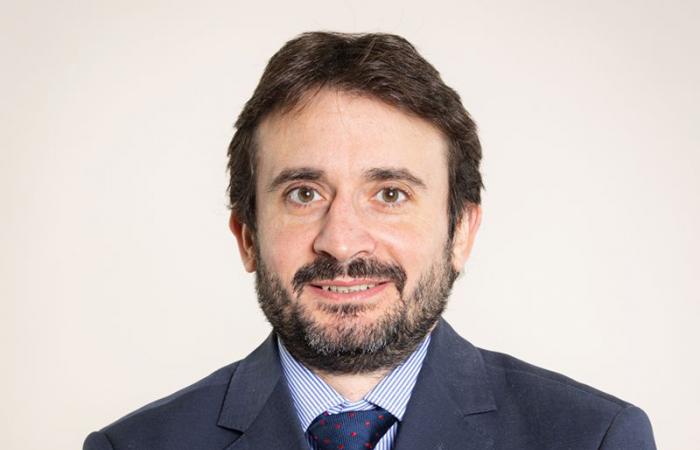By reducing liquidity, the ECB opens a new paradigm that could revitalize the money market.
Between 2008 and 2022, the European Central Bank (ECB) played a crucial role in the financial stability of the Eurozone by flooding the market with liquidity via unconventional measures, which significantly inflated its balance sheet. Now that economic conditions are improving, the bank must reduce this excess liquidity, which could reinvigorate previously crippled monetary investment strategies.
The days when the ECB flooded the market with liquidity in response to crises appear to be over. Its balance sheet, increased from 2,000 to 9,000 billion euros between 2014 and 2022, fell to 7,000 billion euros with the end of emergency programs and the improvement of the economy. Now, the ECB is focusing on normalizing its policy to ensure economic stability and sustainable growth.
Until 2008, the ECB managed short-term interest rates and encouraged interbank activity via a corridor system. However, this system struggled to accurately anticipate liquidity needs. The floor system developed after 2008 allowed it to inject large amounts of liquidity, which stifled interbank activity, caused a shortage of assets and narrowed the gap between short and long rates.
However, normalizing monetary policy is not an easy task and requires finding the right balance. Reducing liquidity to control inflation without curbing economic growth is a major challenge. Conversely, leaving too much liquidity in the system can fuel inflation. The ECB must move cautiously in this environment, ensuring financial stability and minimizing market disruption and volatility.
To address this challenge, the ECB has several liquidity management tools at its disposal. Quantitative tightening can help it gradually reduce the size of its balance sheet by letting assets mature without reinvesting them. It can also adjust these liquidity injections and offer partial auctions, making access to low-cost funds less automatic. Raising reserve requirements for banks and reducing the remuneration of government deposits at the ECB are other options that can help reduce excess liquidity.
Although the precise details of the ECB’s future framework are still under discussion, the need for a more flexible approach going beyond traditional corridor and floor systems is acknowledged. This next framework could include a demand-driven floor system or a hybrid approach.
The first would allow banks to borrow from the ECB as needed, aligning the supply of liquidity with market demand for greater efficiency. The second would combine elements of the corridor and floor systems, maintaining excess reserves to ensure stability, while benefiting from the precision of the corridor system.
The ECB’s potential measures to reduce liquidity could transform money markets after years of very low or even negative interest rates. Reducing excess liquidity could lead to a decoupling between a eurozone benchmark rate (the €STR) and the deposit rate, potentially increasing short-term borrowing costs for banks. With reduced access to cheaper funds from the ECB, banks could turn more to the interbank market, boosting the issuance of commercial paper and influencing short-term interest rates, such as Euribor.
This situation could favour money market funds, making them attractive again for investors seeking security and potentially higher returns than traditional bank deposits. In addition, money market funds offer a diversification solution, allowing everyone to invest in high-quality short-term financial assets.
The ECB’s decision to opt for a more unified policy marks a new paradigm for the euro area. Although the details of future instruments remain to be worked out, with announcements postponed until 2026, the money market could well rise from the ashes. With the prospect of increased activity in the interbank market and a renewed role for money market funds as key players in the European financial system, the horizon seems clear for monetary strategies.
Warning
This document is an advertising communication. It is provided for information purposes only and does not constitute an offer to buy or sell financial instruments, nor an investment recommendation or confirmation of any type of transaction, unless expressly agreed otherwise. Although Candriam carefully selects the data and sources contained in this document, errors or omissions cannot be excluded a priori. Candriam cannot be held responsible for any direct or indirect loss resulting from the use of this document. Candriam’s intellectual property rights must be respected at all times, the content of this document cannot be reproduced without prior written permission.







